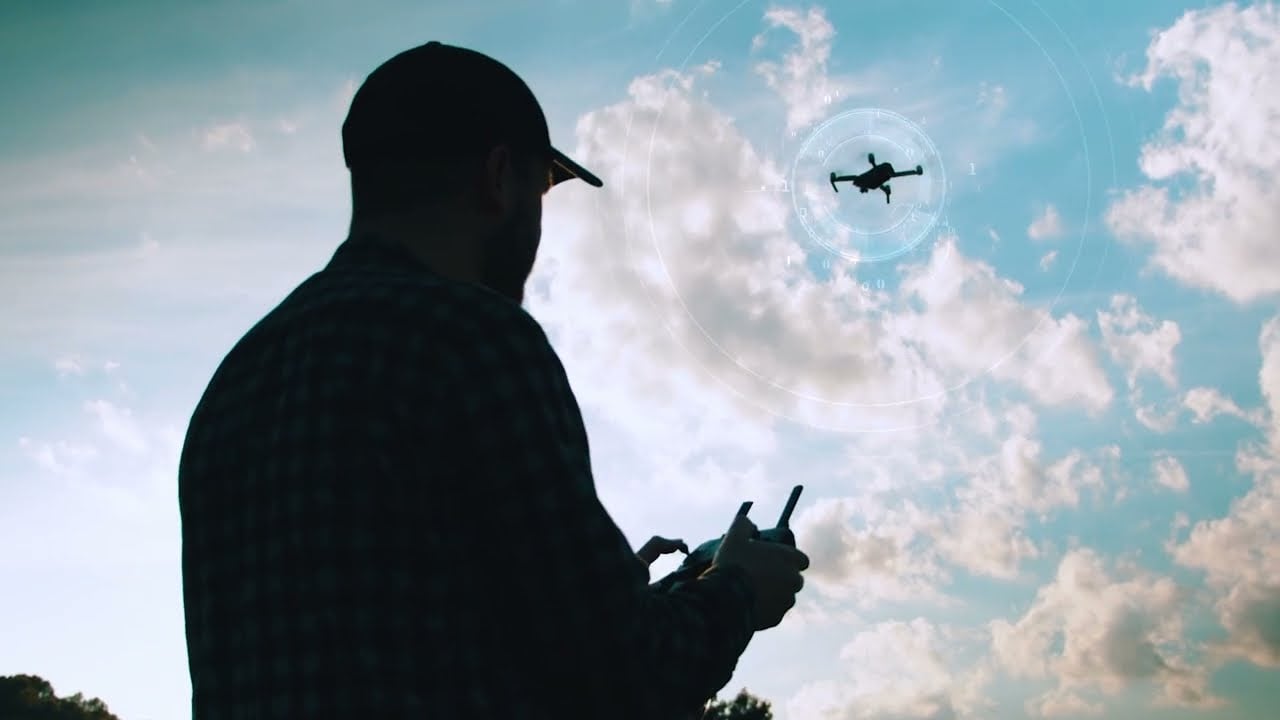IMPORTANT NOTE: This article is dated and left here for historical records only. The FAA Remote ID Rule is now officially being enforced. Please see the updated article: FAA “Remote ID” for Drones Now Being Enforced
The Federal Aviation Administration (FAA) announced this week that enforcement of the controversial remote identification (remote ID) rule for recreational and commercial drones has been pushed back 6 months to March 2024. Remote ID acts as a digital license plate for drones, allowing easier identification and tracking.
The rule was initially set to take effect in September 2023, but supply chain issues have delayed the availability of remote ID equipment, prompting the deadline extension.
Remote ID will require most drones weighing over 0.55 pounds to broadcast identification and location data while flying. This will allow the FAA and law enforcement to pinpoint drones acting suspiciously or flying where prohibited.
There are three main ways for drone pilots to comply with the remote ID rule:
- Operate a drone with a standard remote ID built-in. These models have the technology integrated at the factory to broadcast the identification and location data through radio frequencies like WiFi and Bluetooth.
- Attach a remote ID broadcast module to an existing drone. These add-on modules also broadcast the necessary data to retrofit drones without standard remote ID. However, drones with modules must fly within a visual line of sight.
- Fly at FAA-recognized identification areas (FRIAs). These are designated sites where drones can fly without needing remote ID equipment. FRIAs are limited to locations sponsored by educational and community organizations.
Proponents argue remote ID is necessary for accountability and public safety as drones become more prevalent. However, critics suggest it invades pilots’ privacy and imposes costs on hobbyists.
The FAA admits that the limited availability of compliant remote ID drones and add-on modules led to the relaxed timeline. The delay provides the drone industry more time to boost production and gives operators flexibility.
However, the agency emphasized the 2024 target is not indefinite. Drone pilots should still be equipped as soon as possible or risk civil penalties. The FAA said it will consider individual circumstances for enforcement through that March 2024 deadline.
The remote ID rule has seen vigorous opposition, but the FAA believes the technology is necessary to integrate drones into the national airspace safely. Identifying and tracking capabilities are critical as more complex drone operations launch.
This delay allows a grace period for adoption, but remote ID represents the future for drone oversight and regulation. The FAA expects pilots to embrace these “license plates for drones” over the next year as availability increases.
NOTE: This page is about the Regulation of Unmanned Aerial Vehicles: Small Unmanned Aerial Systems (SUAS), Small UAS, Remote Piloted Aerial Systems (RPAS), unmanned aerial vehicle (UAV), Unmanned Aerial System (UAS), and drone are interchangeable terms unless specified. Model Aircraft, toy, remote-controlled, and RC aircraft may be covered by the same regulations unless specified.
Find out why
We think you must use a Drone Preflight Checklist
And a Drone Post-flight checklist
Free Drone Flight Checklist PDF
This Drone Flight Checklist is better than others.
It’s free!
It includes both the preflight checklist and post-flight checklist
It’s an easy-to-use printable PDF that covers all your bases.
Traveling with a Drone?
Click here to read our Comprehensive Guide For Traveling With A Drone.
LET US CONNECT YOU
Calling All Drone Service Companies, Trainers, Tour Guides with Drone Experience
Contact Us with your website, email address and phone number using our Contact Page
We want to share your information with visitors who look for credible providers that follow the rules.
NOW IT’S YOUR TURN




Leave a Comment